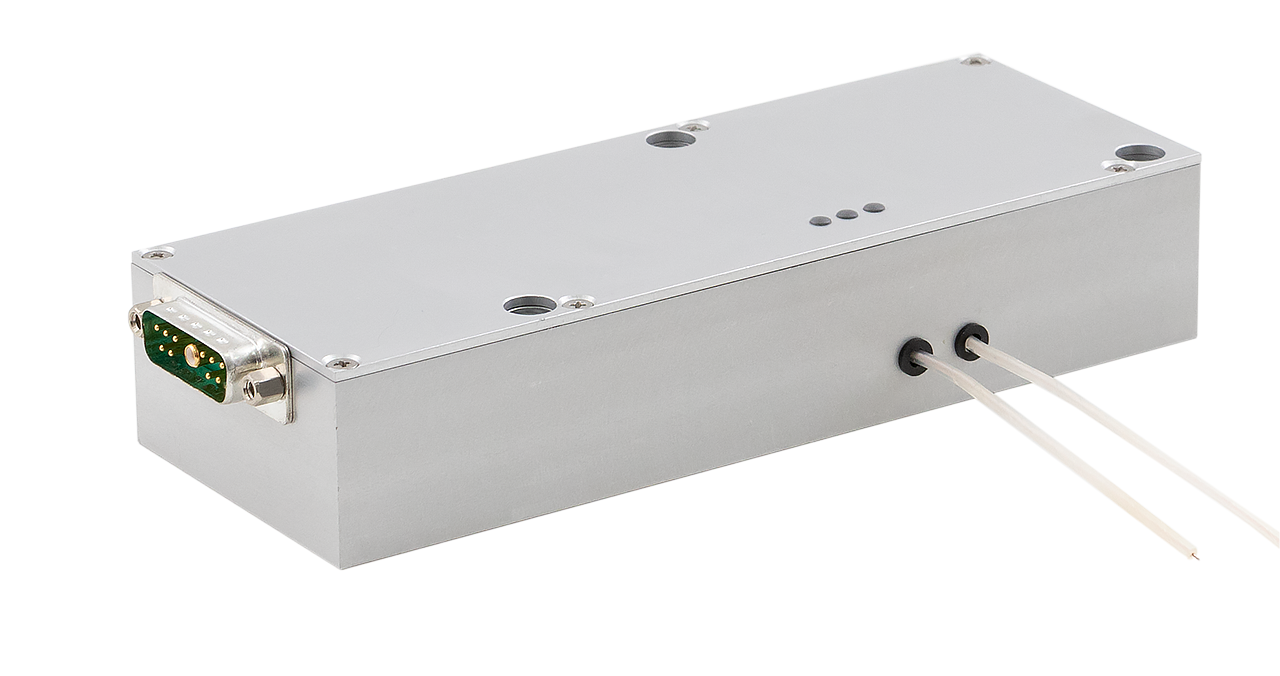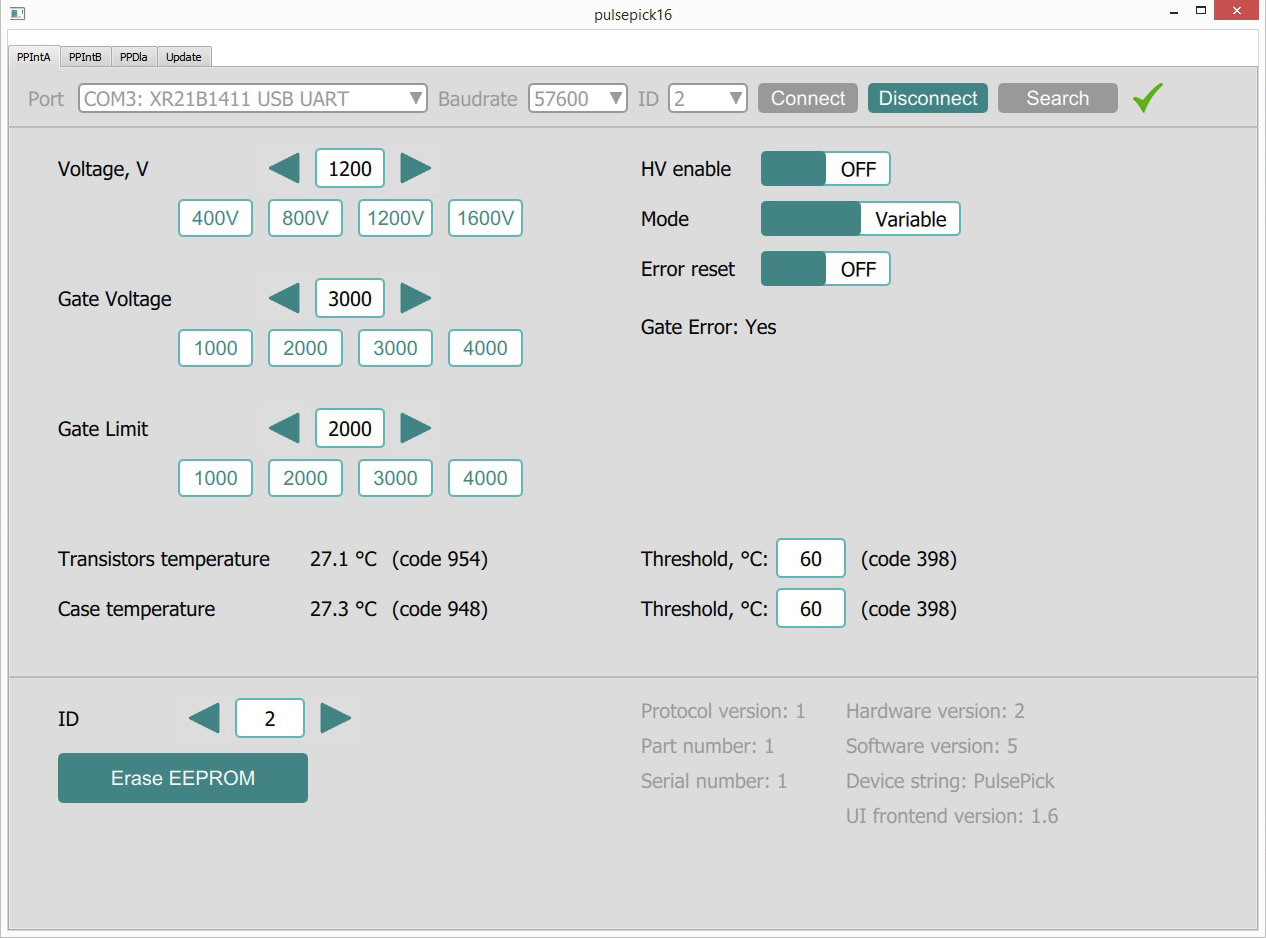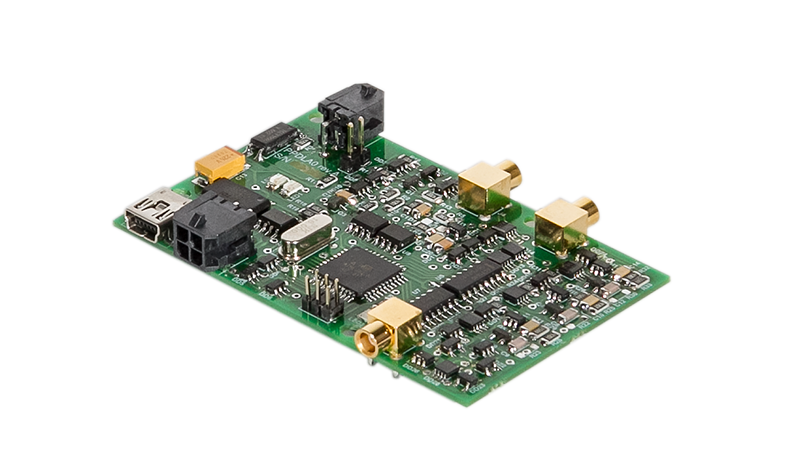Description
There is a typical task in the laser industry – resampling down the repetition rate of pulsed lasers. Most commonly this task is related to the mode-locked pico- and femtosecond lasers, where single pulses must be isolated out of MHz repetition rate. In professional laser terminology this is known as Pulse Picking.
Typical seed laser has the repetition rate of tens of MHz (from 10MHz up to 100MHz or even more). For further amplification the repetition rate of tens of kHz is needed. As a result, some kind of pulse picker is required.
The electro-optical crystal like RTP, DKDP or BBO, simply assembled together with the polarizer, and properly driven with the high voltage electronics can select and transmit some of optical pulses from the pulse train and reject all others.
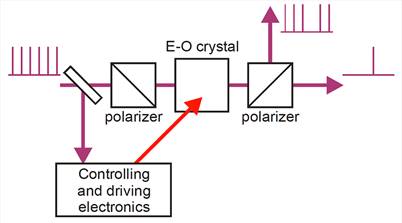
In the similar way input/output of pulses into/from the regenerative amplifier may be controlled.
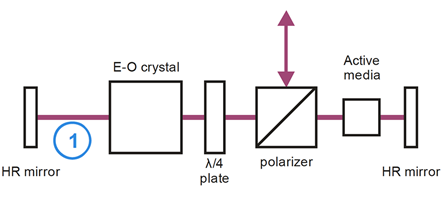
The leading edge of electrical pulse (of L/4 voltage) should be applied when the optical pulse is passing through the area 1. The falling edge of electrical pulse applied when the optical pulse is in area 1 again will release the optical pulse from the amplifier.
So, the first key element of the aforementioned schemes is the high voltage switch capable to produce pulses with very fast rise and fall times (e.g. HVSW-03).
The second key element requested by pulse picking applications is the control board (e.g. PP-CONTROL) capable to adjust electrical pulses relatively to optical pulses.
In the simplest case the control board solves namely this task, i.e. aligns the sequence of high voltage pulses relatively to the train of optical pulses. In dependence on high voltage switch modification it may be either pulse picker or regenerative amplifier driver.
In the most advanced case, the control board takes care of complete pico- or femtosecond laser, including one pulse picker and one regenerative amplifier.


